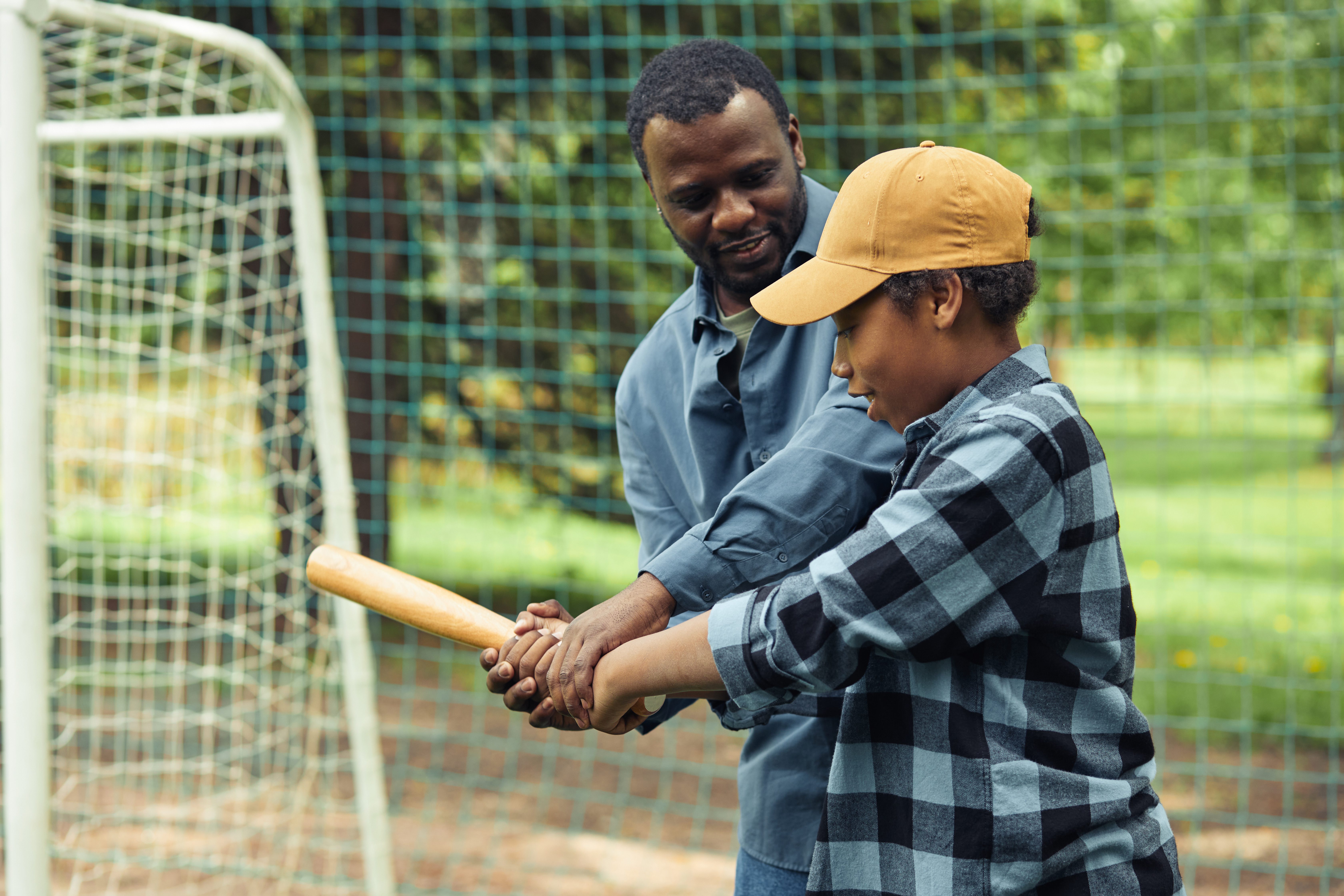

Project Summary
Essentially, the purpose of this research project is to implement a program, such as Team Pentathlon, in primary and secondary schools to encourage physical activity and study various aspects of the program implementation process. More specifically, we:
- describe the development of the students’ physical activities (nature, frequency, and duration of physical activity sessions) throughout Team Pentathlon;
- describe the students’ views about their physical educators’ actions to encourage them to participate in Team Pentathlon;
- analyze the action strategies used by physical educators to establish a process for “adopting a healthy and active lifestyle” during the implementation of Team Pentathlon; and
- analyze the students’ response within their team as part of Team Pentathlon to improve or maintain their level of physical activity.
The analysis of preliminary research data shows that 84% of the students, both boys and girls, who participated in the pentathlon were active or very active during the eight weeks of the program. More specifically, the pentathlon led them to increase the frequency, duration and intensity of their physical activity and diversify their activities by trying new activities and new sports. In fact, the amount of time the participants spent practicing physical activity is well above the recommendations of Quebec, Canadian and US organizations.
Research Methods
Team Pentathlon is an event that takes place over eight consecutive weeks, during which the members of each team of five students must collectively log at least 160 hours of physical activity. There are five activity categories. The 160 hours must include at least 15 hours of aquatic activity, 35 hours of team sports and games, 15 hours of cycling, 35 hours of artistic games and activities and 10 hours of two-person sports and games. A meaningful contribution from each student is imperative for the team to be successful. Five symbolic awards (Award of Excellence, Gold Medal, Silver Medal, Bronze Medal, Honorable Mention) are given out at the end of the pentathlon to the teams that meet those particular standards. Over the course of four training sessions, physical educators are instructed on methods to implement and complete Team Pentathlon. During the pentathlon, the students organize and manage their individual and team activities, as needed, to most effectively fulfill the pentathlon requirements. They record their results daily on a sheet provided for this purpose. Every two weeks, program administrators collect the students’ results, entering them on spreadsheets to produce summary reports that they then give to the physical educators. The physical educators, like the students, will use these results to re-adjust their action strategies, as needed, to promote the students’ successful response as much as possible.
Since the project started, nine physical educators from primary schools and three from secondary schools have introduced Team Pentathlon to over 1,150 students. Four other physical educators from secondary schools plan to test the program with their students in February and March 2011.
Each morning during the pentathlon, the classroom teacher gives the students a few minutes to record on the sheet all of their physical activity sessions from the day before. This way, the data on the students’ physical activity is collected systematically. However, the students’ level of practice and, as a result, their level of success, depends in part on the strategies used by their physical educator to educate, support and motivate them during Team Pentathlon. The description of these action strategies is created based on the physical educators’ planning (what they want to do) and their reports on what they actually did during meetings with their students. Furthermore, the critical incidents technique (Brunelle et al., 1988) is used to gather descriptions from the students of how their physical educator’s actions encouraged them to participate in Team Pentathlon.
It is also important to stress that Team Pentathlon is an event that requires a meaningful contribution from each student to be successful. Interviews are held at the end of the pentathlon with each team of students to determine the individual and team response to improve or maintain the level of physical activity. Finally, during the reporting phase, the students will fill out a questionnaire, giving their opinion on the design and requirements of Team Pentathlon, based on their experiences.
Research Results
Team Pentathlon really does encourage students to be more active over the eight weeks of the program. What’s more, most participants said that they have maintained a good level of physical activity after the program. The motivating effect of the pentathlon is observable in both girls and boys. More specifically, 84% of the students, both boys and girls, who participated in the pentathlon were active or very active during the eight weeks of the program. More specifically, the pentathlon led them to increase the frequency, duration and intensity of their physical activity and diversify their activities by trying new activities and new sports. In fact, the amount of time the participants spent practicing physical activity is well above the recommendations of Quebec, Canadian and US organizations.
However, boys and girls do not have the same preferences when it comes to the type of physical activity they practice. Girls prefer individual or artistic activities, while boys participate more in team sports.
Most notably, 85% of students who participated in the pentathlon said that they wanted to do the program again because it really helped them be more active.
Policy Implications
This action research encouraged many students to participate in regular physical activity and sports. In addition, many students who were already active benefited from the program by experiencing new sports or activities that they did not already practice on a regular basis. Lastly, the study helped identify factors that contribute to students being more active (the data for this part of the study is still in its analysis stage).
Next Steps
Since the analysis of the results of our project is not finished, we have not yet fully met all of our objectives. We are presently working on describing the teachers’ actions and students’ strategies that had a positive impact on physical activity. However, our project has raised new questions. We found that some students who were fairly inactive prior to the pentathlon became active during the program, while others remained completely or fairly inactive. Future research should look at the characteristics of this particular group. It would also be worthwhile to compare the effects of the pentathlon on students from various socio-economic backgrounds. Lastly, it would be interesting to examine the long-term “pentathlon effect” by measuring participants’ physical activity on a regular basis after the program is over.